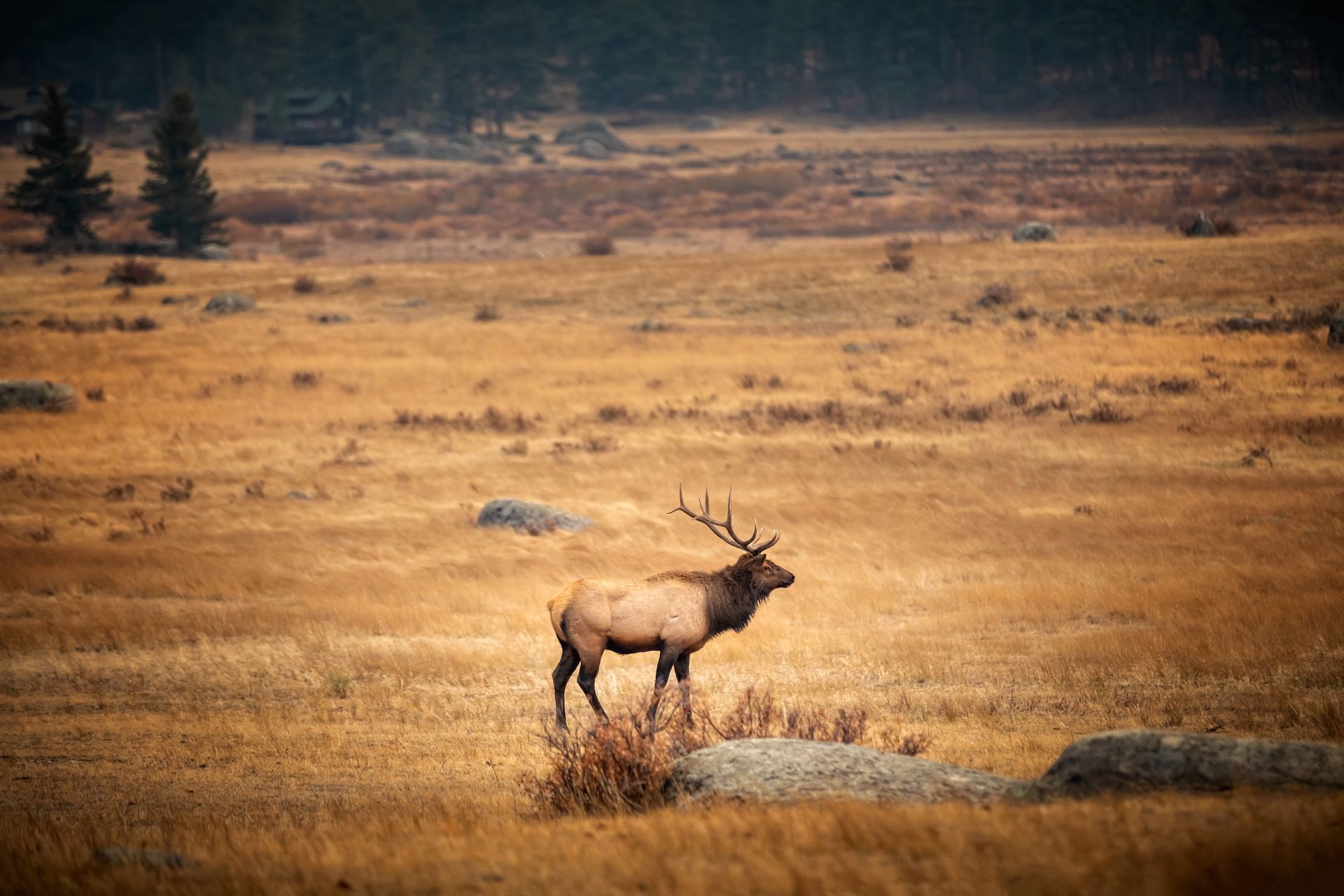Hunting in Montana is, for many, more than a pursuit; it's a way of life. While you may not come away with a record bull, you'll have a story to tell for years to come.
What should you know about hunting elk in Montana? This guide breaks down everything you need to know about the Montana elk season so you're prepared to take on the challenge.
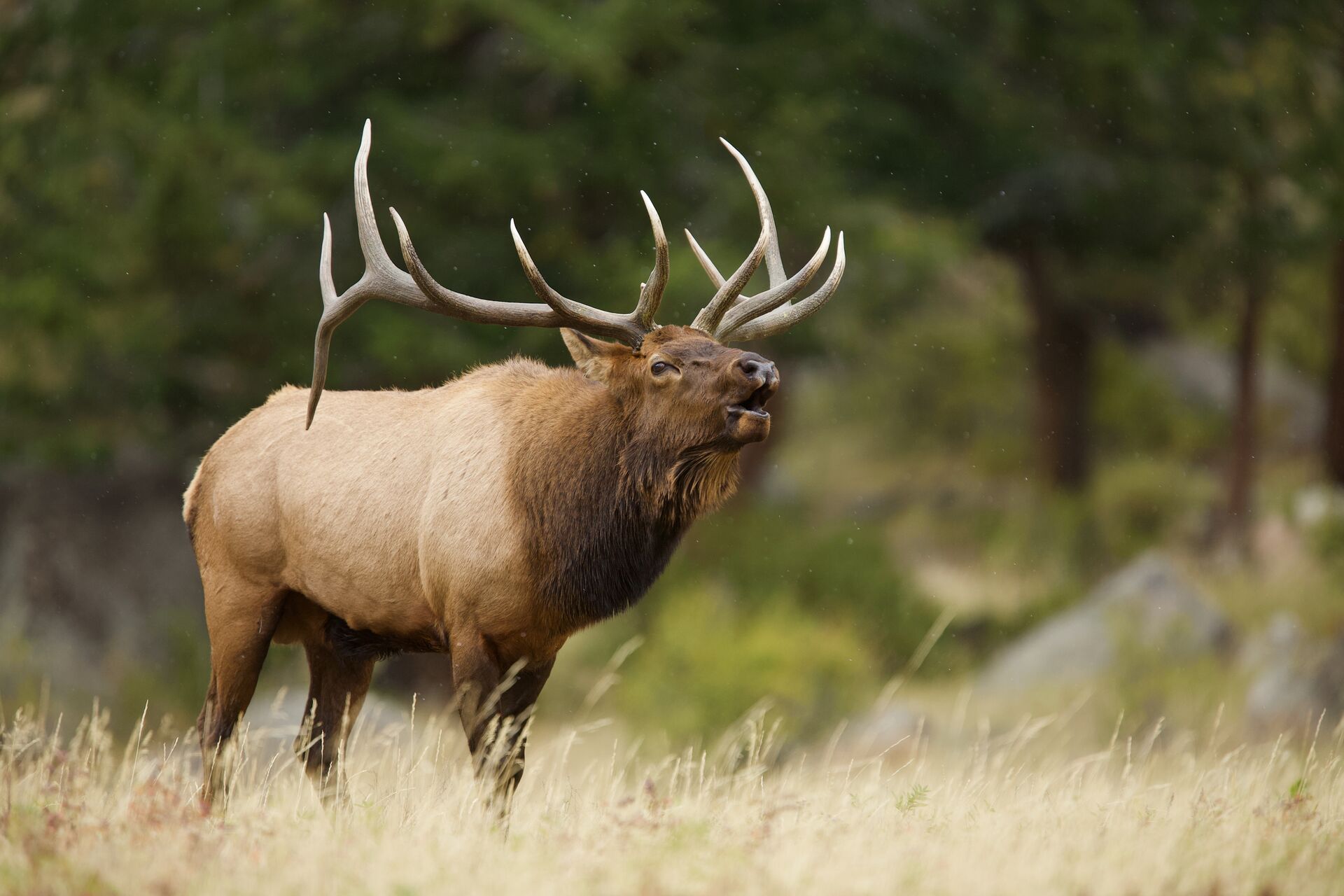
An Overview of Montana Elk Hunting
Due to targeted statewide elk management focused on access, population management, and landowner input, the Montana elk herd remains strong at around 175,000. Hunting access is relatively equitable with a mix of general and limited-entry opportunities.
Regarding the environment, the land is diverse and extreme, with varied terrain offering an authentic and challenging experience. For instance, backcountry pack trips through forested ridges take you deep into stunning valleys, where water access and broad areas regularly draw big elk.
Hunting seasons vary, offering options for both resident and non-resident hunters, ranging from deep archery hunts to more accessible rifle seasons.
When is Elk Season in Montana?
So, when is elk season in Montana for 2025? Dates and regulations can change depending on management requirements, so it's essential always to confirm dates on the Montana Fish, Wildlife & Parks (FWP) website for specific Hunting Districts (HDs).
Archery Season
The Montana elk season opens with an archery season, which typically runs from September to mid-October.
This year, the archery season will run from September 6 to October 19, 2025.
This is an exciting time to be out in the Montana elk zones, as it aligns with the mating season, and there's the opportunity to hear intense bugling as the elk are typically more vocal.
General Rifle Season
The rifle season typically runs from October to early December.
This year, the rifle season runs from October 25 to November 30, 2025.
Note that the rifle season is divided into general and special permit hunts that are assigned to different hunting units. It's essential to check these regulations, as they will vary from unit to unit, including changes in weapons, tag requirements, access, and more.
What About Other Elk Hunting Seasons?
In addition to archery and general rifle seasons, Montana hunters can go after elk during a few additional select dates this year:
- Backcountry Season (HDs 150, 280, 316): September 15 – November 30, 2025.
- Muzzleloader: December 13 – 21, 2025
- Should Seasons: Dates vary from August 15, 2025 – February 15, 2026
What Are Shoulder Seasons?
Shoulder seasons are specially managed season extensions to manage the elk population. Often, they're focused on private land cow elk harvests.
The dates, zones, and regulations will change depending on the zone and management requirements, so it's best to check online for the most up-to-date information.
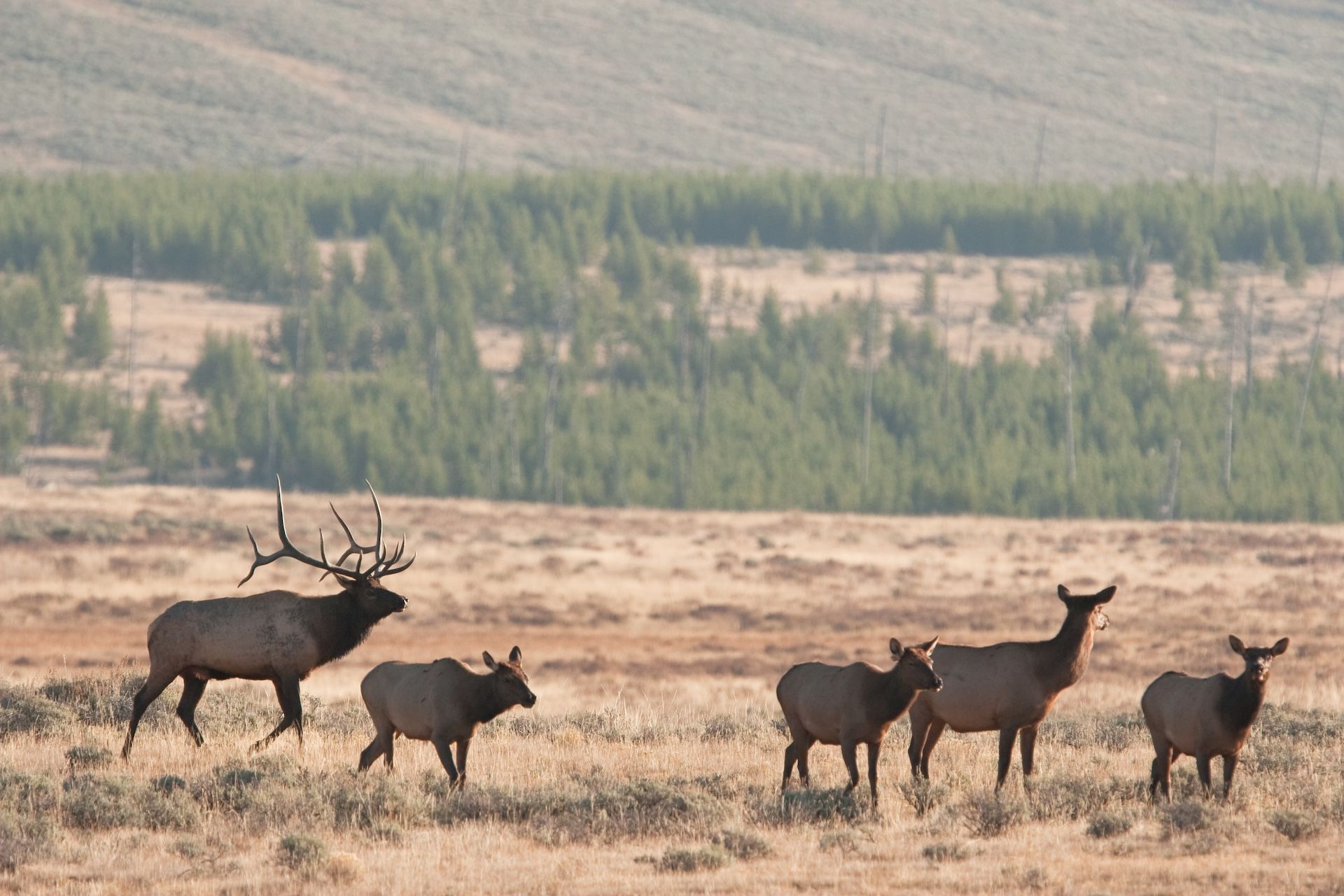
Tagging and Licensing for Montana Elk Hunts
Montana residents can apply for a general elk license and may be eligible for a discount based on age or ability status. Non-residents must apply through a lottery draw; the cutoff for the draw is April 1.
There is an additional requirement for a limited-entry elk permit, which is required for special trophy bull units applied for during the March 15 deadline.
While on the more expensive side, there are opportunities to purchase a combination license which allows for big game, elk, deer, fishing, and some upland bird hunting opportunities. Non-residents must apply for these through a points-based drawing system. Due to the varied hunting options and excellent fishing opportunities, this one is worth considering.
Finally, surplus licenses can be picked up in limited quantities mid-summer. There may also be opportunities to pick up limited shoulder season permits, which often require a separate application and are focused on cow elk control.
Don't forget: To hunt in Montana, all hunters born after January 1, 1985, are required to complete approved hunter education training.
Terrain and Hunting Areas
Due to the diverse landscape, there are various hunting opportunities within the districts, catering to different skill levels, accessibility requirements, gear, and familiarity with the landscape.
Western Montana
Western Montana, which encompasses regions 1-3, is a heavily timbered, mountainous zone with diverse habitats that support robust elk populations. If you're after a trophy elk, then this is where you're likely to find one.
Spot-and-stalk or ambush hunting are standard options; ensure you get your fitness up if you plan to push to higher altitudes. Concentrate on valleys and mixed environments.
Central Montana
Central Montana (Regions 4–5) will be flatter, as these zones are typically characterized by open prairies, rolling hills, coulees, and some isolated mountainous spots. You may find elk to be more dispersed in these regions, meaning putting in some time behind the glass and using your HuntWise mapping features to target and pinpoint ideal hunting zones will likely yield the best results.
Then, heading east to regions 6–7, you'll be hunting vast open plains, grasslands, and river breaks. These regions are frequently restricted to private access. However, some Block Management Areas (BMAs) and public access points are available for use.
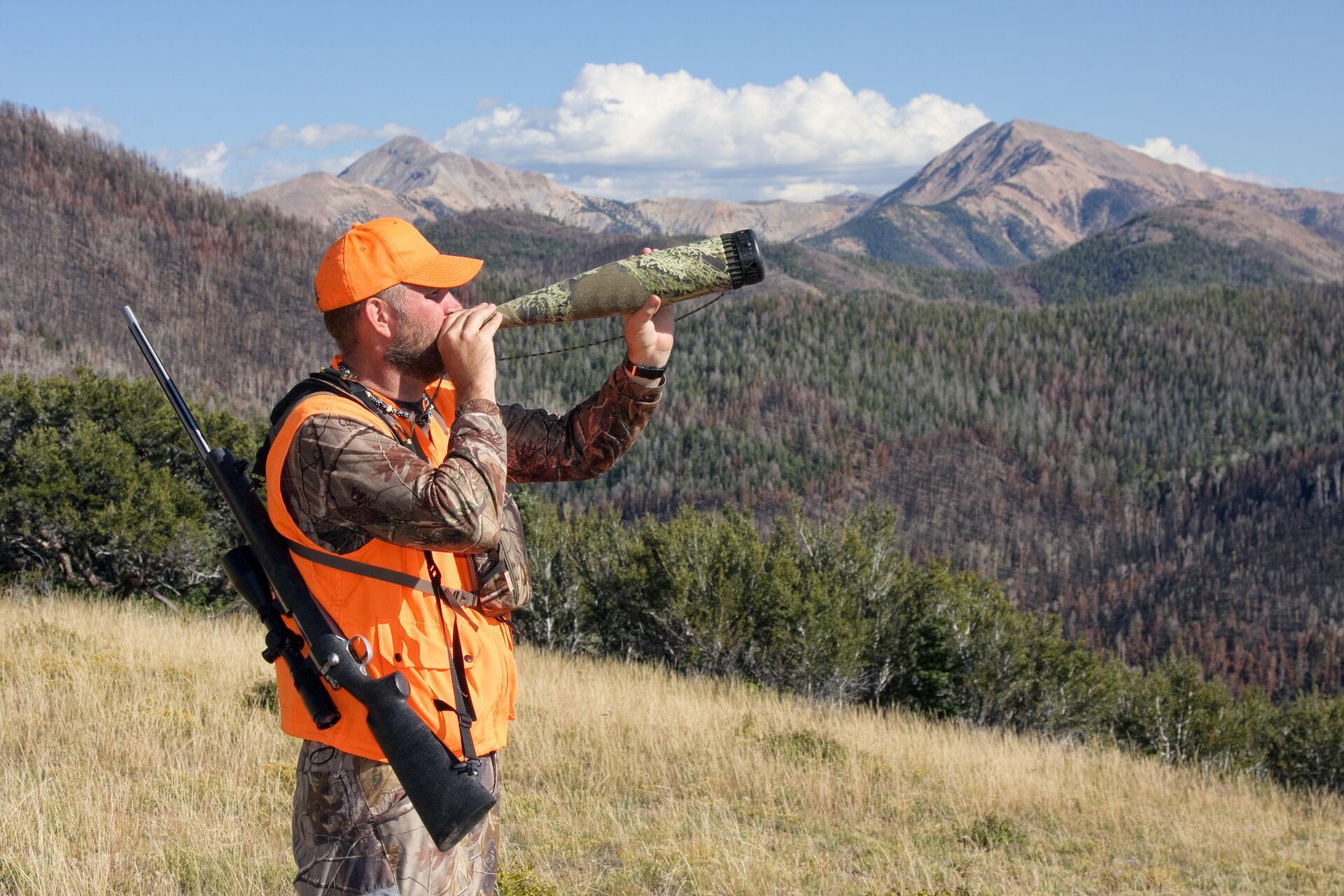
What to Know About Hunting Conditions and Land
Hunting conditions will vary greatly depending on your intended hunting window and environment.
Typically, weather changes can be extreme across the elk season as the early season can be hot and dry, and snowfall is common in late October and November. As a precaution, layer clothing and prepare for sudden shifts in weather patterns, such as storms, temperature drops, and fierce winds, which are common in the open prairies.
Another consideration is elevation, as elk adjust their patterns according to temperature, weather, and food availability. Their elevation range can be anywhere from 2,500 to 10,000 feet or more, so it's best to prepare for both high and low options. During September and October, deer can be found at varying elevations, ranging from low agricultural fields to high country zones.
Public vs. Private Land
Determine whether you plan to hunt publicly, privately, or through a registered outfitter, as this will also impact your hunting conditions.
Montana offers numerous opportunities for public land hunts, with over 30 million acres of public land available, as well as Block Management Areas (BMAs) that allow access to private land. Some outfitters offer horse-packed hunts, which will enable you to go deep into the backcountry and chase elusive and beautifully conditioned elk.
Plan Your Strategy
Then, depending on your chosen hunt, such as archery or rifle, you will need to modify your approach to match the differing rut stages.
- For example, archery season intercepts the pre-rut, during which early archers can hunt elk while they're still in summer patterns, meaning they're out in more expansive spaces, and also during the rut.
- Rifle season falls toward the later end of the rut, meaning bulls may be harder to pattern and spot.
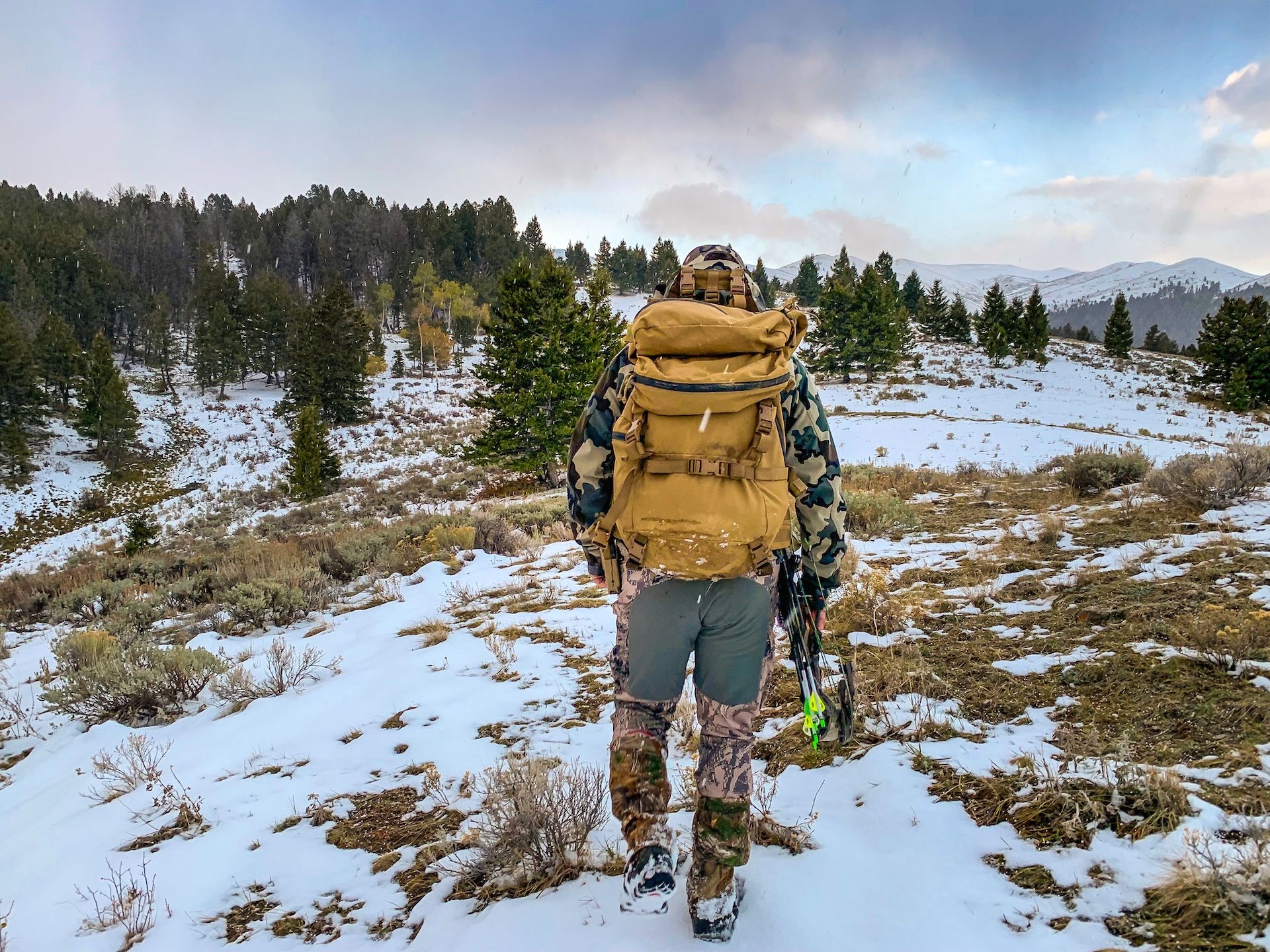
Pro Tips For Success
Success is far from guaranteed on a Montana elk hunt. The success rate for elk hunting in Montana typically sits around 10-12% for archery hunters and 12-25% for rifle hunters.
However, just the opportunity to be out hunting in such stunning natural environments is often rewarding in itself.
Download HuntWise
Before heading out into the field, download the HuntWise app and explore its various map functions to uncover high-potential zones, such as travel corridors, bedding areas, and feeding areas. With the LiDAR (Hillshade) layer, you can detect subtle changes, such as elevation changes or hidden corridors, that other mapping functions may miss.
For a fall hunt, consider visiting Montana in the summer to explore potential hunting zones and travel corridors that you can mark on your map.
Practice Elk Calls
You'll want to practice bugling to bring in big bulls, especially if you're on an archery hunt. This is a skill that can be practiced whenever (so long as it doesn't annoy any family or friends).
Prepare for Success
Regarding preparation, make sure you're in reasonable physical shape to tackle the steep, rugged terrain. This includes cardiovascular training for lung health and plyometric exercise for leg strength and endurance.
You'll also want to prepare for meat care, especially if you're successful during the early season. This includes having a cooler ready with your truck, packing out with appropriate game bags, and utilizing natural shade to help control the temperature.
Calm rivers and creeks can serve as a quick cooling strategy for large quantities of meat. However, it's essential to minimize moisture when they're taken out, as this can exacerbate bacterial growth.
Regulations to Know Before You Go
There are specific regulations related to elk hunting in Montana, so it's best to always check with Montana Fish, Wildlife, and Parks for information regarding the season and your intended hunting unit.
Most units will have an antler restriction known as a brow-tine rule, in which bulls must have at least a brow-tine line on an antler. Additionally, there are firearm and bow stipulations. For example, a muzzleloader must be a minimum of .45 caliber, so it's best to check thoroughly to ensure you're hunting efficiently and effectively.
Finally, check mandatory reporting laws, as this is a fairly common practice in Montana. Be aware of Chronic Wasting Disease management zones and carcass transport rules.
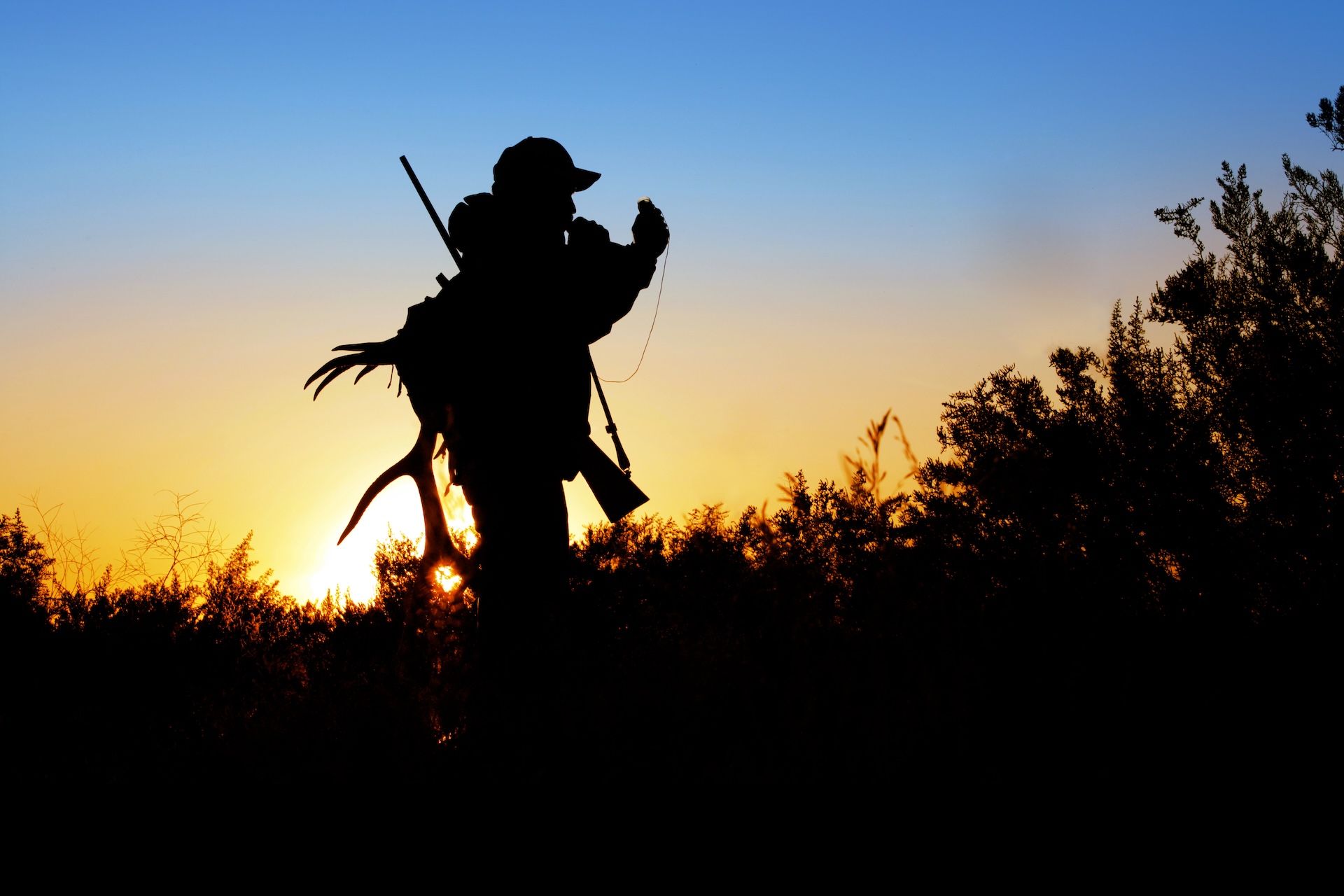
Plan a Successful Montana Elk Season with HuntWise
Chasing a Montana elk, especially during the rut, is one of the most exciting opportunities to experience these creatures in peak form. The sounds of bugling, stunning views, and the opportunity to hunt in one of the most traditional and pro-hunting regions are a privilege.
If you've secured a tag or are thinking about planning a hunt during the Montana elk season, it's never too early to start poring over maps and reading up on pro-hunt insights. With HuntWise, you can access elite mapping overlays, including LiDAR, hunting guides, weather features, and much more.
Download HuntWise and start planning your elk hunt free during your first week in the app!
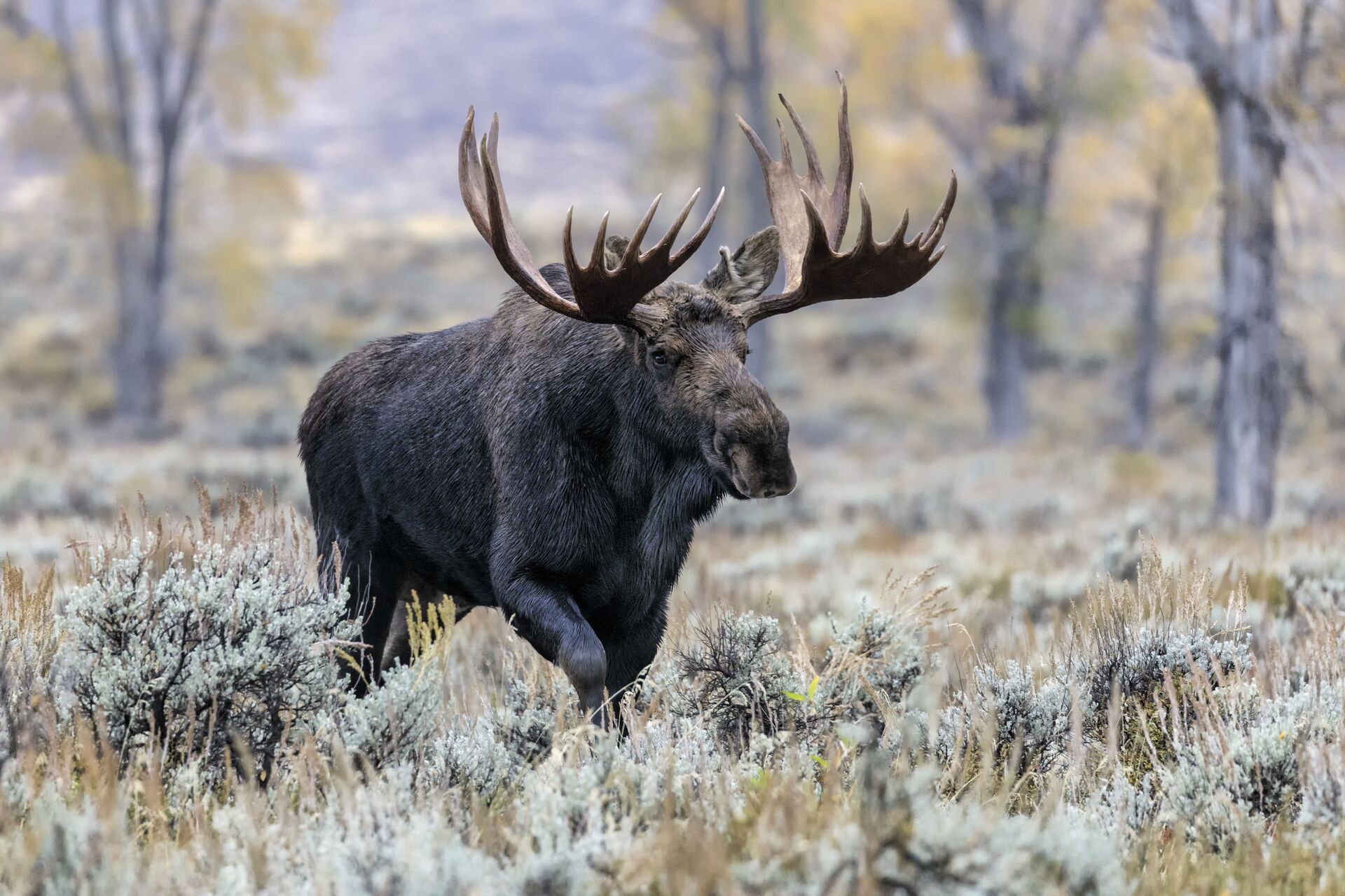
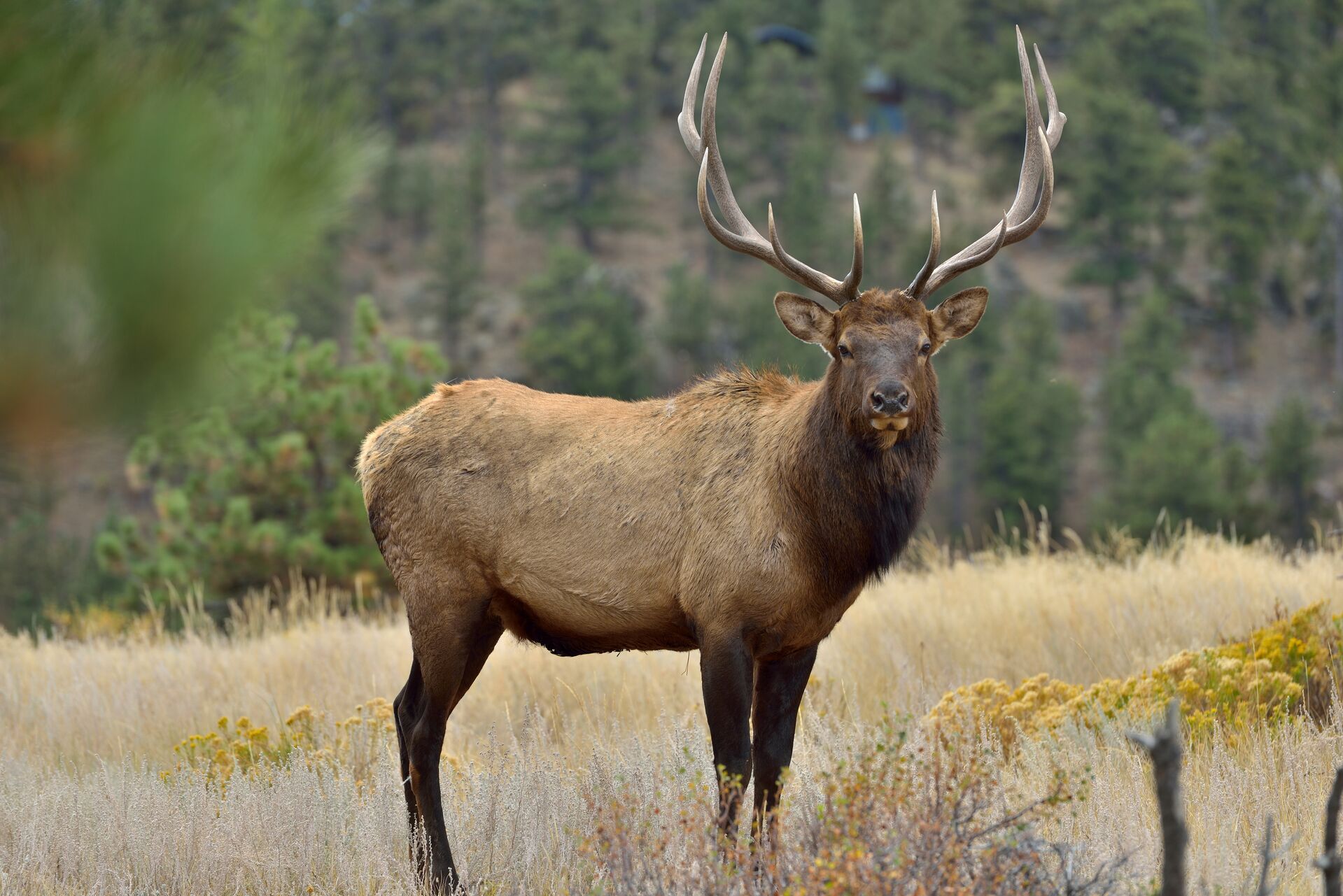

 Big Game
Big Game Big Game
Big Game Big Game
Big Game